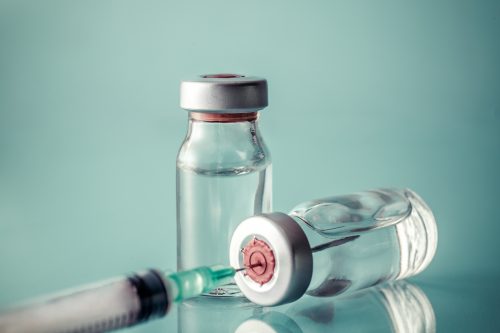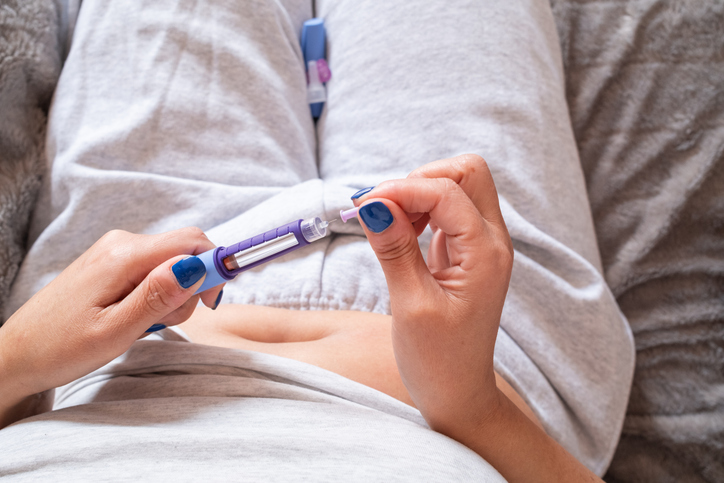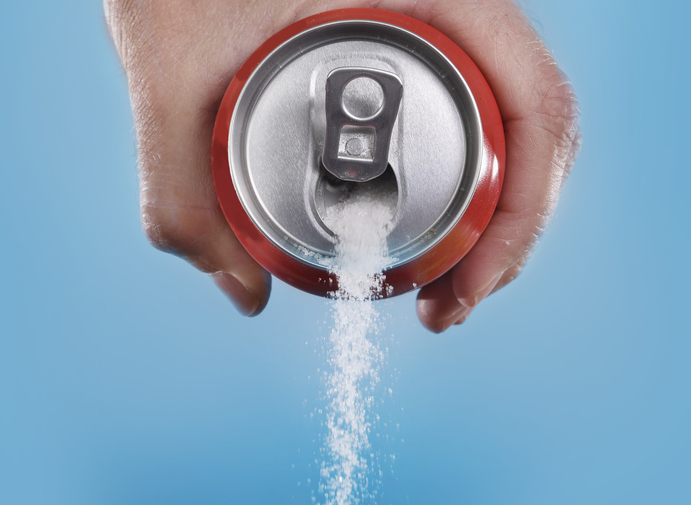
A multicenter, 2-year, randomized crossover trial in the Journal of Diabetes Science and Technology compared the effects of 2 long-acting insulin formulations—insulin degludec (IDeg) and insulin glargine U100 (IGlar-100)—in patients with type 1 diabetes (T1D) who experienced recurrent nocturnal severe hypoglycemia. Specifically, the study aimed to evaluate continuous glucose monitoring (CGM)-recorded metrics to determine which insulin formulation offered better nocturnal glucose control while minimizing hypoglycemic episodes.
Investigators enrolled 149 patients with T1D who had experienced at least 1 episode of nocturnal severe hypoglycemia within the past 2 years. Patients were randomized 1:1 to receive IDeg or IGlar-100. Patients were given the option of undergoing 6 days of blinded CGM monitoring twice during each treatment phase. The CGM data was analyzed for several key metrics, including the percentage of time spent within the target glucose range (TIR), time spent below the target range (TBR), time spent above the target range (TAR), and the coefficient of variation (CV).
Out of the 149 participants initially enrolled, 74 were included in the final analysis. The differences in glucose control between the 2 treatments were most pronounced during the night (from 11:00 pm to 6:59 am).
Patients receiving IGlar-100 achieved a TIR of 54.0%, whereas those using IDeg achieved a TIR of 49.0%, resulting in an estimated treatment difference (ETD) of ‒4.6%, signifying that IDeg resulted in a slightly decreased TIR, with statistical significance (P=.049).
For 2 distinct hypoglycemic levels (level 1, 54-69 mg/dL; level 2, <54 mg/dL), IDeg demonstrated reduced TBR compared with IGlar-100, with an ETD of ‒1.7% (P<.05) for level 1 and ‒1.3% (P=.001) for level 2. IDeg led to elevated TAR at 2 hyperglycemic levels (level 1, 181-250 mg/dL; level 2, >250 mg/dL) compared with IGlar-100, with an ETD of 4% for both levels (P<.05 for both). The mean CV was lower with IDeg than with IGlar-100, showing an ETD of ‒3.4% (P<.05), indicating that IDeg provided more consistent and predictable glucose levels.
According to the investigators, “For people with T1D suffering from recurrent nocturnal severe hypoglycemia, treatment with IDeg, compared with IGlar-100, results in a lower TBR and CV during the night at the expense of more TAR.”






 © 2025 Mashup Media, LLC, a Formedics Property. All Rights Reserved.
© 2025 Mashup Media, LLC, a Formedics Property. All Rights Reserved.